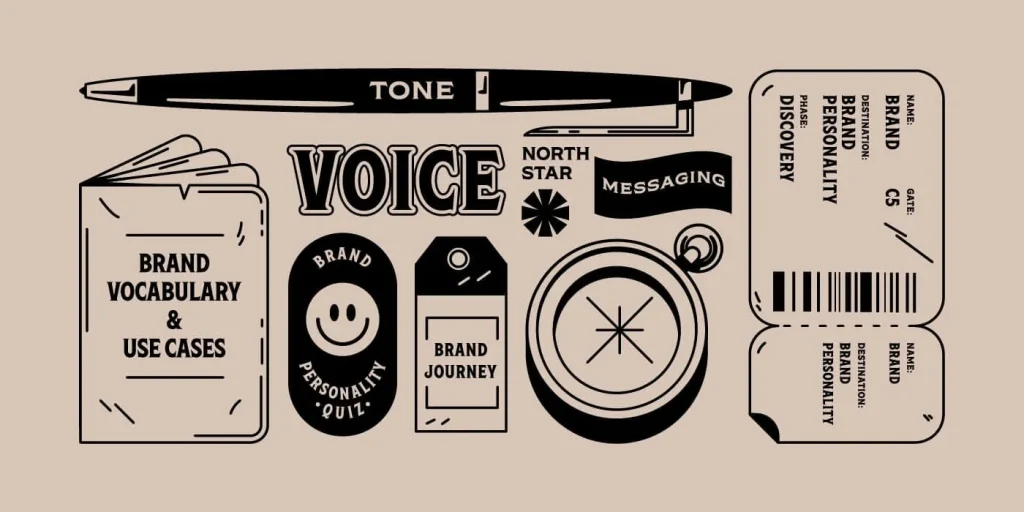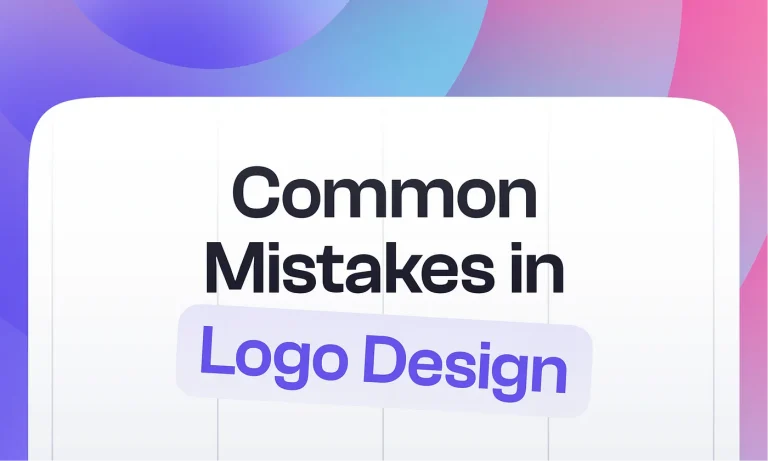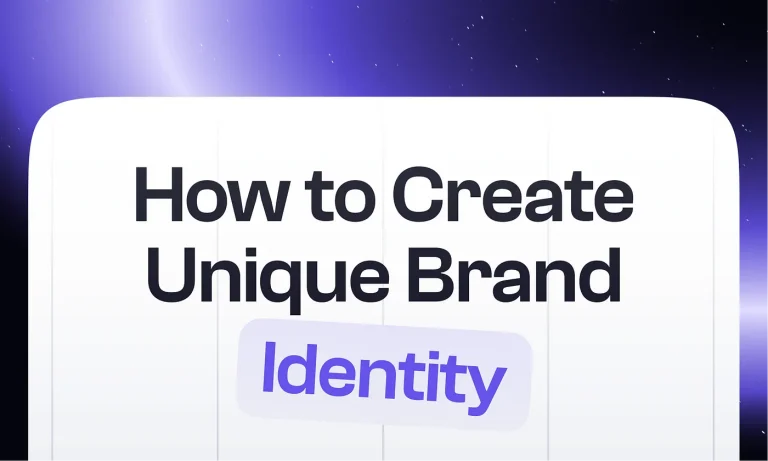Visual style designing is a critical stage in building a brand that stands out and leaves a lasting impression. It can help you differentiate from competitors, connect with a target audience, set up a consistent look and feel across all touchpoints. This article seeks to analyze the steps you can take to establish a recognizable brand identity, so let’s start.
A brand for a company is like a reputation for a person. You earn reputation by trying to do hard things well – Jeff Bezos
It always refers to the elements that communicate a brand’s personality, values, and mission, including the naming, logo, colors, typography, imagery, tone of voice, and overall design aesthetic. These details create a consistent and memorable experience for customers across all contact points like advertising, packaging, social media etc.

Here are some successful examples of brand identity:
Apple: simple & elegant design, reflected in its sleek logo, packaging, and clean typography. The brand’s iconic logo is instantly recognizable and has become a symbol of innovation and high-quality technology.
Nike: its use of bold, athletic imagery and association with top athletes has helped to reinforce Nike’s reputation as a leader in the sports industry.
Coca-Cola: distinctive red and white color scheme with the timeless script logo. Well-known mascots, such as the polar bear and Santa Claus, have helped to brace the status of a beloved brand.
And now, let’s move on to the few steps that’ll help you create a memorable brand identity to bring even more recognition and acclaim from the customers.
Conduct Brand Research

That’s a must-have for understanding the target audience, market competitors, and trends. It involves asking questions like:
- Who are your clients? What demographic features, interests, and behaviors do they have?
- What are the current market trends? How can you differentiate yourself while still staying relevant?
- Who are your competitors? What are their brand identities, and what sets them apart from each other?
By conducting research, you can gain insights that will help to create an outstanding and effective design.
Define Brand’s Values and Personality

It involves understanding what you stand for, and how to be perceived by the audience. Ask yourself questions like:
- What are your brand’s core values?
- What about personality? Is it friendly, serious, quirky, or professional?
- What are your brand’s strengths and weaknesses?
By answering them, you can start to develop a clear way of visual communication through design.
Choose Key Visual Elements

If the previous steps are completed, it’s time to select the features that make up every brand identity. For example, logo, color palette, typography, and imagery.
While choosing, consider the following:
- The color palette should reflect your brand’s personality and values. Think about the emotions and associations different colors evoke and pick the most acceptable of them to resonate with your target audience.
- Select legible typography to make your brand stand out.
- Develop a logo that is simple, memorable, and unique. It should be instantly recognizable and communicate brand’s principles. In case you want to trust professionals and save your time, let’s meet.
Establish Brand Guidelines

Once you have chosen the visual elements, it’s important to think about brand guidelines that will ensure consistency across all touchpoints. There are a set of rules and standards that define how your brand should be represented visually and verbally.
Also, it should include the following:
- Logo and its variations
- The brand’s color palette & typography
- Guidelines for imagery and graphics
- Brand’s tone of voice
It’s very important for representation across all channels: from website and socials to business cards and packaging.
Implement Your Brand Identity

Congrats! Now you can implement the brand identity across all touchpoints.
And last but not least:
- Develop marketing materials that accurately represent and communicate your visual messages effectively.
- Ensure that packaging reflects your brand’s values, personality etc.
Conclusion
Finally, a unique brand identity is crucial for any business, as it helps to establish a distinctive and recognizable image in the minds of customers. Also, it increases clients’ loyalty, boost recognition, and ultimately, drive growth. In today’s competitive marketplace, investing time and resources is essential for businesses looking to stand out, connect with customers, and succeed.
Psss, more exciting topics are coming soon on this platform. Stay tuned!








